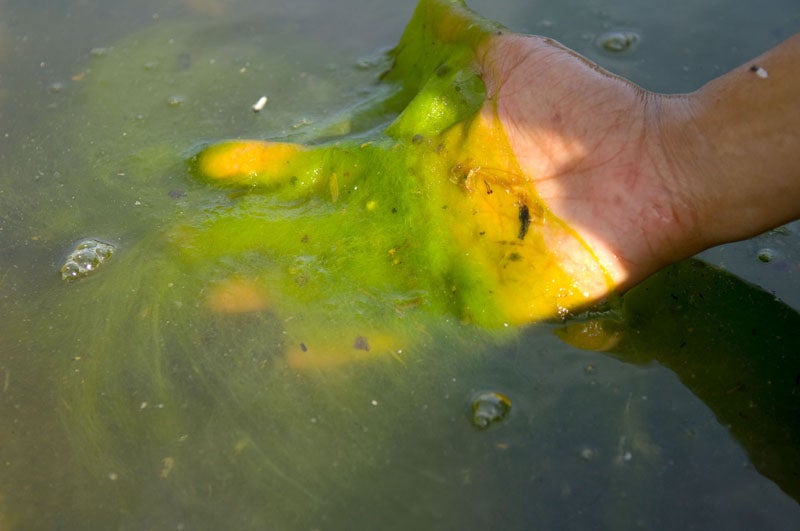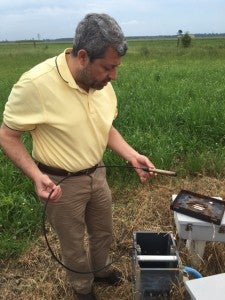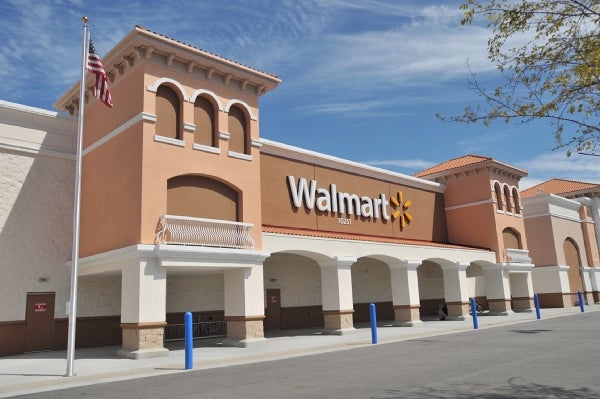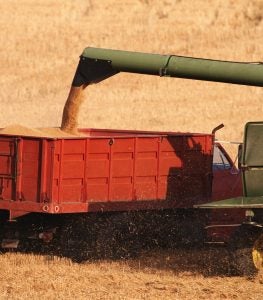
Smithfield Foods, the world’s largest pork company, is known as a leader in animal agriculture. Now Smithfield is showing its sustainability leadership by becoming the first major livestock company to make an absolute, supply chain commitment to reduce greenhouse gas (GHG) emissions that contribute to climate change.
The company will reduce emissions in its U.S. supply chain, from feed grain to packaged bacon, 25 percent by 2025. To meet the goal, Smithfield will improve fertilizer use on feed grain, install advanced manure management technologies, and increase energy efficiency in transportation.
When a company as big as Smithfield makes a new sustainability commitment, it’s natural for farmers and neighboring communities to wonder how it will affect them. The good news is that all the actions Smithfield plans will generate benefits both for farmers and our environment.
Here are three: Read More
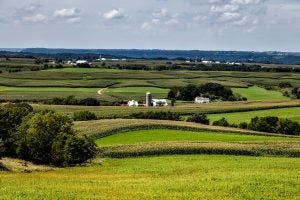 Like all Americans, I woke up on November 9 to a new reality: A few more Democrats in Congress, and yes, a President-elect who promised to dismantle our nation’s core environmental protections.
Like all Americans, I woke up on November 9 to a new reality: A few more Democrats in Congress, and yes, a President-elect who promised to dismantle our nation’s core environmental protections.
 Many of us spend a considerable amount of time thinking about food – whether it’s deciding what’s for dinner or how healthy something is for our family. Given that I work on food sustainability and am married to a chef, I spend an even more extreme amount of time thinking about food.
Many of us spend a considerable amount of time thinking about food – whether it’s deciding what’s for dinner or how healthy something is for our family. Given that I work on food sustainability and am married to a chef, I spend an even more extreme amount of time thinking about food.
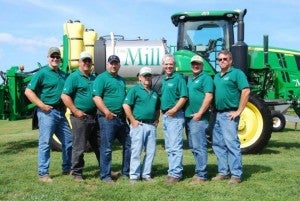 Land O’Lakes SUSTAIN® platform – a powerful tool that can make a real impact in improving regional water quality — is coming to the Chesapeake Bay.
Land O’Lakes SUSTAIN® platform – a powerful tool that can make a real impact in improving regional water quality — is coming to the Chesapeake Bay.
